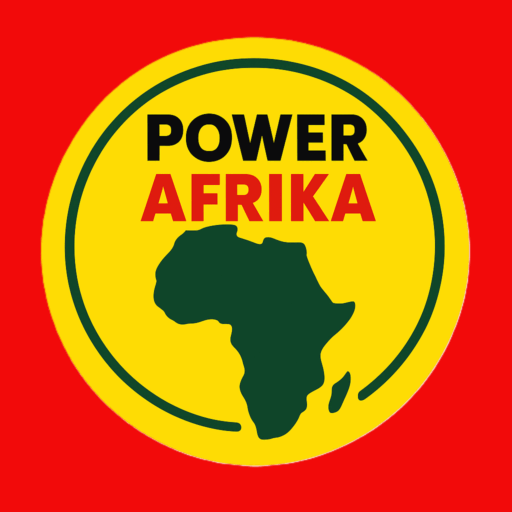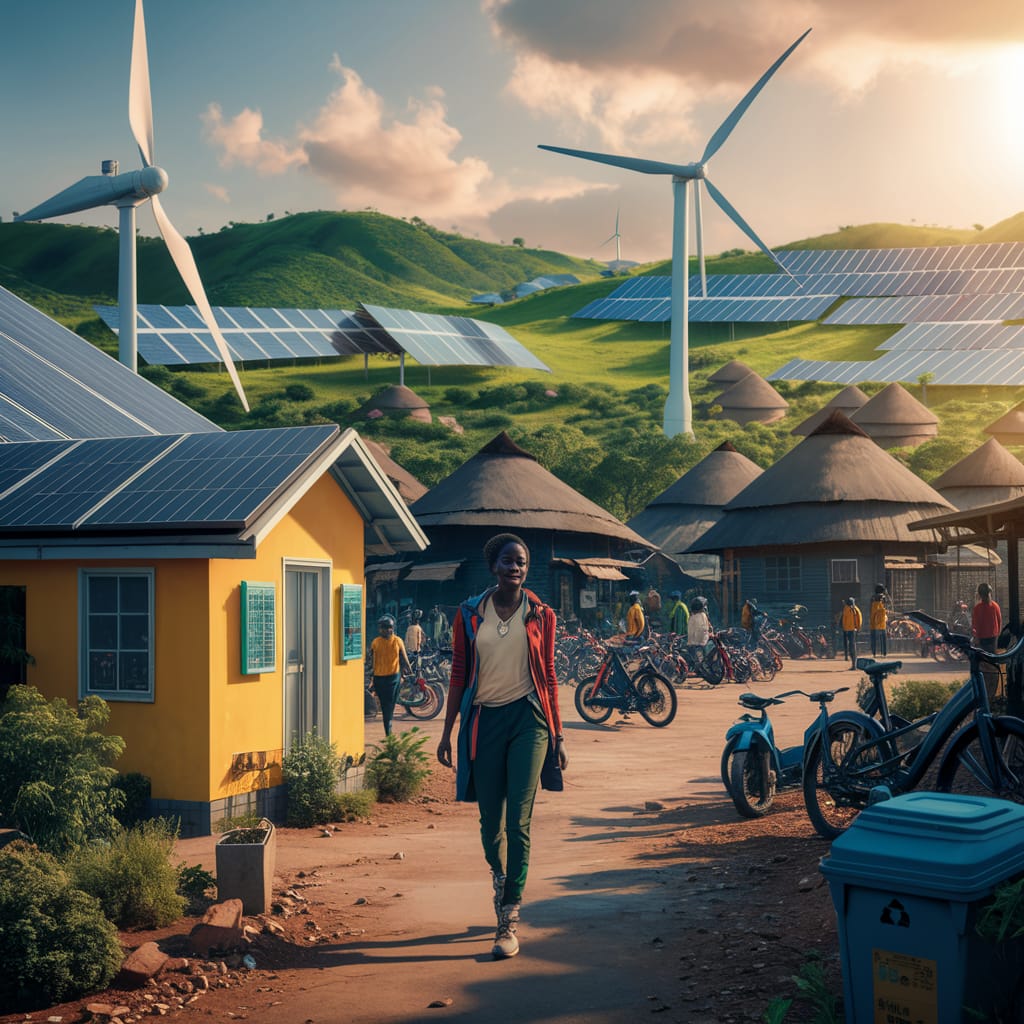Africa, a continent brimming with sunshine, wind, and untapped natural resources, holds immense potential for a clean energy revolution. But navigating the world of clean energy technologies can feel overwhelming. Fear not! This guide will be your friendly decoder ring, untangling the complexities of solar, wind, hydro, geothermal, and biomass power, all to illuminate a brighter future for Africa.
Harnessing the Sun’s Bounty: Solar Power
Imagine a vast solar panel acting like a giant solar sponge, soaking up the sun’s rays and converting them into electricity. That’s the essence of solar power, a clean and abundant technology perfectly suited for Africa’s sunny skies. Think of it like a miniature power plant on your rooftop – silent, sustainable, and pollution-free.
There are two main types of solar power systems: photovoltaic (PV) and concentrated solar power (CSP). PV systems, like the panels you might see on a house, use a photovoltaic effect to directly convert sunlight into electricity. Think of them as tiny solar factories, each panel churning out clean power. CSP plants, on the other hand, are like magnifying glasses for the sun. They use mirrors to concentrate sunlight onto a receiver, which then heats a fluid to create steam that drives turbines to generate electricity.
Pros of Solar Power:
- Clean and Sustainable: No harmful emissions, perfect for combating climate change.
- Scalable: Can be deployed in large utility-scale projects or smaller rooftop systems.
- Low Maintenance: Once installed, solar panels require minimal upkeep.
- Widely Applicable: Ideal for remote areas with limited grid access.
Cons of Solar Power:
- Upfront Costs: Installing solar panels can be expensive initially.
- Reliability: Solar energy production depends on sunlight availability, so storage solutions might be needed for nighttime use.
- Land Use: Large-scale solar farms require significant land area.
Ideal Applications in Africa:
Solar power shines brightest in sunny regions with good year-round solar radiation. It’s a perfect fit for powering homes, businesses, and even mini-grids in rural communities currently lacking access to traditional electricity. Solar water pumps can revolutionize agriculture by providing irrigation without reliance on fossil fuels.
Wind Power: Riding the Currents of Change
Imagine giant wind turbines spinning gracefully like majestic dancers, their blades capturing the wind’s energy and converting it into electricity. Wind power, another clean and renewable source, harnesses the power of moving air to generate electricity. Think of it like a modern windmill, but instead of grinding grain, it grinds out clean energy.
Wind turbines consist of blades connected to a shaft that drives a generator. The faster the wind blows, the more electricity is produced. Wind farms, clusters of these turbines, can generate significant amounts of clean power.
Pros of Wind Power:
- Clean and Sustainable: No harmful emissions, contributing to a cleaner environment.
- Scalable: Wind farms can be large or small, catering to different needs.
- Renewable Resource: Wind is a constantly replenished source of energy.
Cons of Wind Power:
- Site Dependency: Wind farms require locations with consistent wind speeds.
- Visual Impact: Large wind turbines can have a visual impact on landscapes.
- Bird and Bat Safety: Mitigation strategies are needed to protect wildlife.
Ideal Applications in Africa:
Africa possesses vast areas with strong and consistent wind regimes, making it a prime territory for wind power. Wind farms can be particularly beneficial in coastal regions with reliable winds. They can complement solar power systems, providing electricity during low-sunlight periods.
Hydropower: The Mighty Force of Flowing Water
Imagine a powerful waterfall cascading down a river, harnessed to generate electricity. That’s the essence of hydropower, a mature and reliable clean energy technology that utilizes the energy of moving water. Think of it like a giant waterwheel, but instead of grinding flour, it grinds out electricity.
Hydropower plants use dams to create reservoirs of water. The water is then channelled through turbines, spinning them and generating electricity. Large-scale hydropower projects can provide significant baseload power for entire countries.
Pros of Hydropower:
- Clean and Renewable: Hydropower produces no harmful emissions during operation.
- Reliable and Dispatchable: Hydropower plants can be dispatched to meet peak electricity demand
Cons of Hydropower
- Environmental Impact: Dams and reservoirs can disrupt ecosystems by blocking fish migration patterns [1]. This can harm fish populations and other aquatic life. The creation of reservoirs can also flood large areas of land, displacing wildlife and destroying habitats [1].
- Social Impacts: Hydroelectric projects can displace people and communities [1]. This can be especially disruptive in areas where people have lived for generations and rely on the river for their livelihood.
- High upfront costs: Building dams and power plants is expensive. These costs can be passed on to consumers through higher electricity rates [2].
- Reliance on water flow: Hydropower plants rely on consistent water flow to generate electricity. Droughts can significantly reduce hydropower output [2]. Climate change is expected to lead to more extreme weather events, including droughts, which could make hydropower less reliable in the future.
Overall, hydropower is a clean and renewable energy source, but it’s important to weigh the environmental and social costs before building new hydropower projects.

